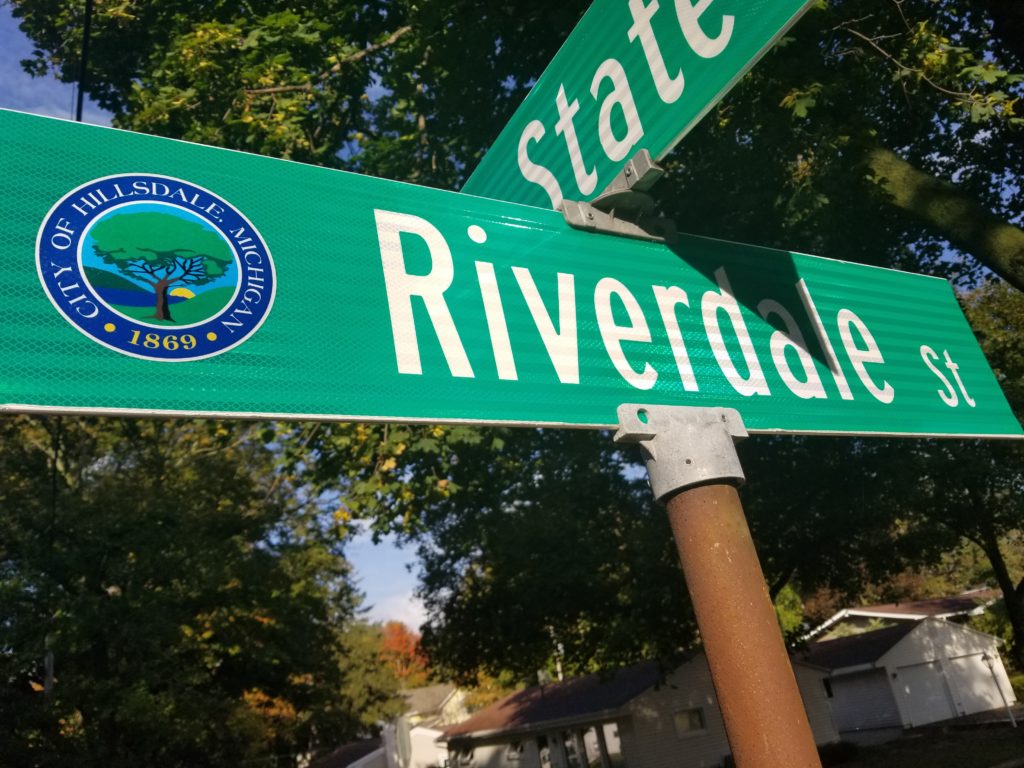
After Betty Cooper greeted the audience at the 75th anniversary jubilee of her town, she asked: “But what is Riverdale? It’s the people, right?”
“Riverdale,” the TV drama inspired by the iconic characters from Archie Comics, takes a dark look at small-town America, perverting the nostalgic perfection as it is often stereotyped. The show will take an even “darker” spin in its second season, which starts at 8 p.m. on Wednesday on The CW, the executive producer told TV Line.
These are not the goofy comic book characters you may know. Veronica (Camila Mendes) is a reformed mean girl whose father is in jail for embezzlement and fraud, Jughead (Cole Sprouse) is a brooding loner weirdo from the south side of town, Betty (Lili Reinhart) has a mental illness brought on by the pressure she feels from her parents, and Archie (K.J. Apa) has six-pack abs and is sleeping with his music teacher. And their classmate, Jason Blossom (Trevor Stines), is found shot to death in Sweetwater River, a mystery that stretches across the first season.
Despite the subversive take, “Riverdale” actually portrays small-town life in a manner familiar to those living in another dale named for its geography — Hillsdale. Some of “Riverdale’s” dark elements may even provide a more accurate depiction of life in the dale.

The show’s safe place is Pop’s Chock’lit Shoppe, the 24/7 neon-lit ’50s diner where all the characters go for milkshakes, the best burgers in town, and to see Pop Tate, the owner of the town staple. Hillsdale lacks an all-day, all-night hangout, but college students would be remiss if they did not slide into a booth at The Palace Cafe during its nighthawk hours one weekend for a plate-sized pancake or chat it up with Pai Ringenberg, owner of the Coffee Cup Diner, on the happenings in town when they dine.
But Riverdale is changing. The murder of the high school water polo team’s captain has shaken the town’s residents, just as it would in the relatively safe City of Hillsdale. Jason’s death, however, is uncovering secrets that are showing the hidden tensions in Riverdale.
Agriculture is a large part of the economy in Hillsdale County, and Riverdale was built upon maple syrup. However, as Mayor Sierra McCoy (Robin Givens), says, “The old Riverdale is dying.” Symbolic of this, the city is tearing down and selling the Twilight Drive-In movie theater, despite Jughead’s pleas to keep it open. Replacing it is the “SoDale” project, a 40,000-square-foot commercial space promising jobs and income for the community.

Balancing tradition and how to prosper now is something many small towns, including Hillsdale, are still working out. Hillsdalians can still catch a movie in their car at the Capri Drive-In Theater in Coldwater, but Hillsdale’s railroad heydays are long gone, and the city is looking at new and different ways to develop the community’s economy.
In the face of such challenges, however, small towns have become victims of America’s opioid epidemic, which is estimated to kill 91 people a day in the United States. In the “Riverdale” season one finale, Sheriff Keller (Martin Cummins) notes that more heroine is spilling into the community. Hillsdale is not the worse county by far for overdose deaths in Michigan, but one person died of an opioid overdose in 2016 and two more from other drugs, according to the U.S. Centers for Disease Control and Prevention.
In “Riverdale,” Keller expresses particular concern over the opioids, because the heroine is moving across the railroad tracks into the “north side” of Riverdale now, too. The season finale plays up a “civil war” between the two sections of the community, setting up tension in the second season. The socio-economic divide in Riverdale is reminiscent of the town-gown divide in Hillsdale in which students from the college and those in the community do not have a sufficient or long enough relationship to understand each other fully.
But both “sides” are a part of Hillsdale. College President Larry Arnn is a part of Hillsdale as much as Mayor Scott Sessions or the cashier at Market House. The only way to bridge the separation is by being respectful, being honest, and taking advantage of the opportunities available to interact with those from the “other side” such as volunteering, grabbing a meal at a local spot, or greeting a neighbor at church. After all, what is Hillsdale? It’s the people, right?

